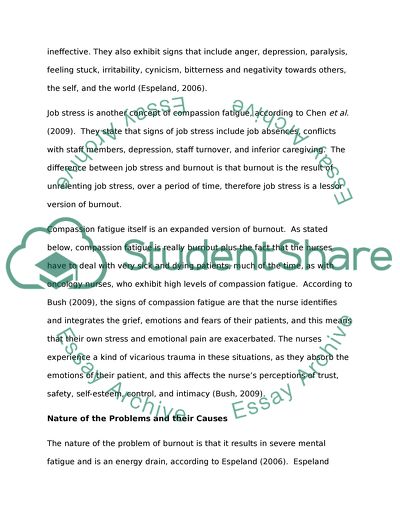Cite this document
(“Combating Compassion Fatigue Essay Example | Topics and Well Written Essays - 1500 words”, n.d.)
Retrieved from https://studentshare.org/nursing/1457624-combating-compassion-fatigue
Retrieved from https://studentshare.org/nursing/1457624-combating-compassion-fatigue
(Combating Compassion Fatigue Essay Example | Topics and Well Written Essays - 1500 Words)
https://studentshare.org/nursing/1457624-combating-compassion-fatigue.
https://studentshare.org/nursing/1457624-combating-compassion-fatigue.
“Combating Compassion Fatigue Essay Example | Topics and Well Written Essays - 1500 Words”, n.d. https://studentshare.org/nursing/1457624-combating-compassion-fatigue.


